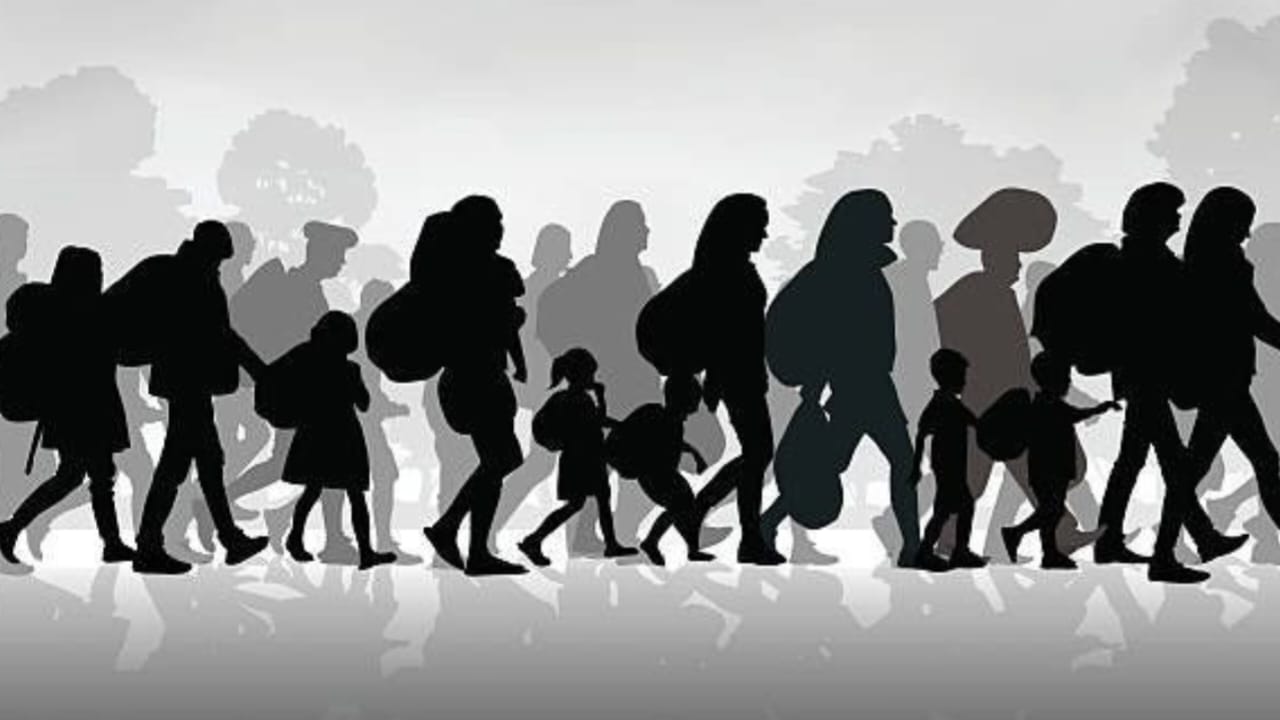The Doors of No Return in Ghana: A Symbol of Tragedy and Resilience
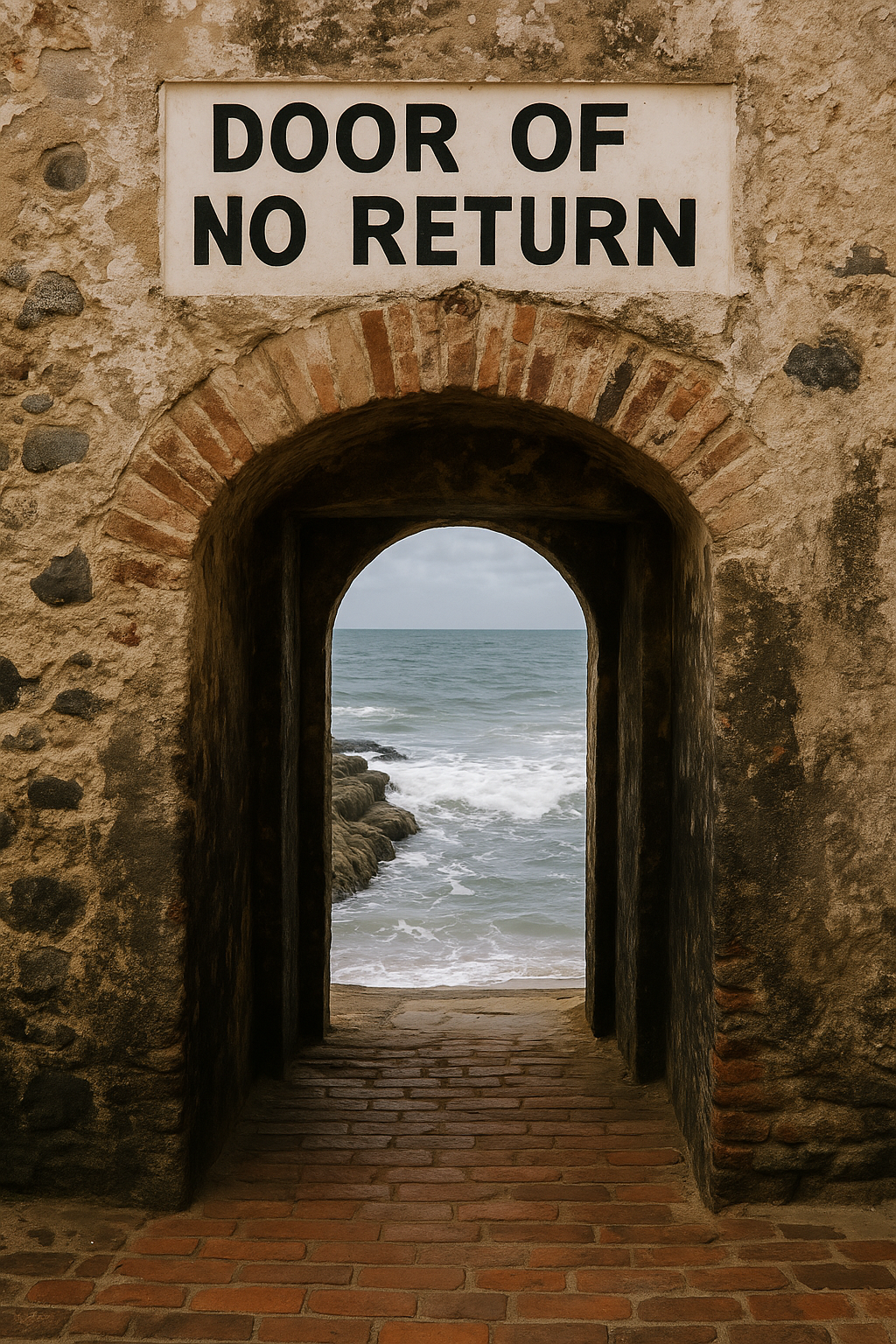
Along Ghana’s Atlantic coast, flanked by crashing waves and ancient stone walls, lie some of the most haunting memorials to one of history’s darkest eras: the Doors of No Return. Found in historic slave castles such as Cape Coast Castle and Elmina Castle, these doors were the final passage through which millions of enslaved Africans were forced onto ships during the transatlantic slave trade. They represent not just a physical threshold, but a spiritual and cultural severance—a line between freedom and bondage, between home and the unknown. Today, these doors stand as solemn monuments of tragedy, remembrance, and resilience.
Historical Background
The castles that house the Doors of No Return were not originally built for human trafficking. Elmina Castle, the oldest European building in sub-Saharan Africa, was erected by the Portuguese in 1482 as a fortified trading post for gold, ivory, and spices. Over the centuries, control of the fort shifted hands—from the Portuguese to the Dutch, and eventually to the British—each expanding its use for economic exploitation, which came to include human cargo.
Cape Coast Castle, constructed by Swedish traders in 1653, followed a similar trajectory. Initially intended for commercial trade, it too evolved into a critical hub for the growing slave trade in the 17th and 18th centuries. With the booming demand for slave labor in the Americas, these forts were repurposed as holding pens, detainment centers, and launch points for what would become one of the largest forced migrations in human history.
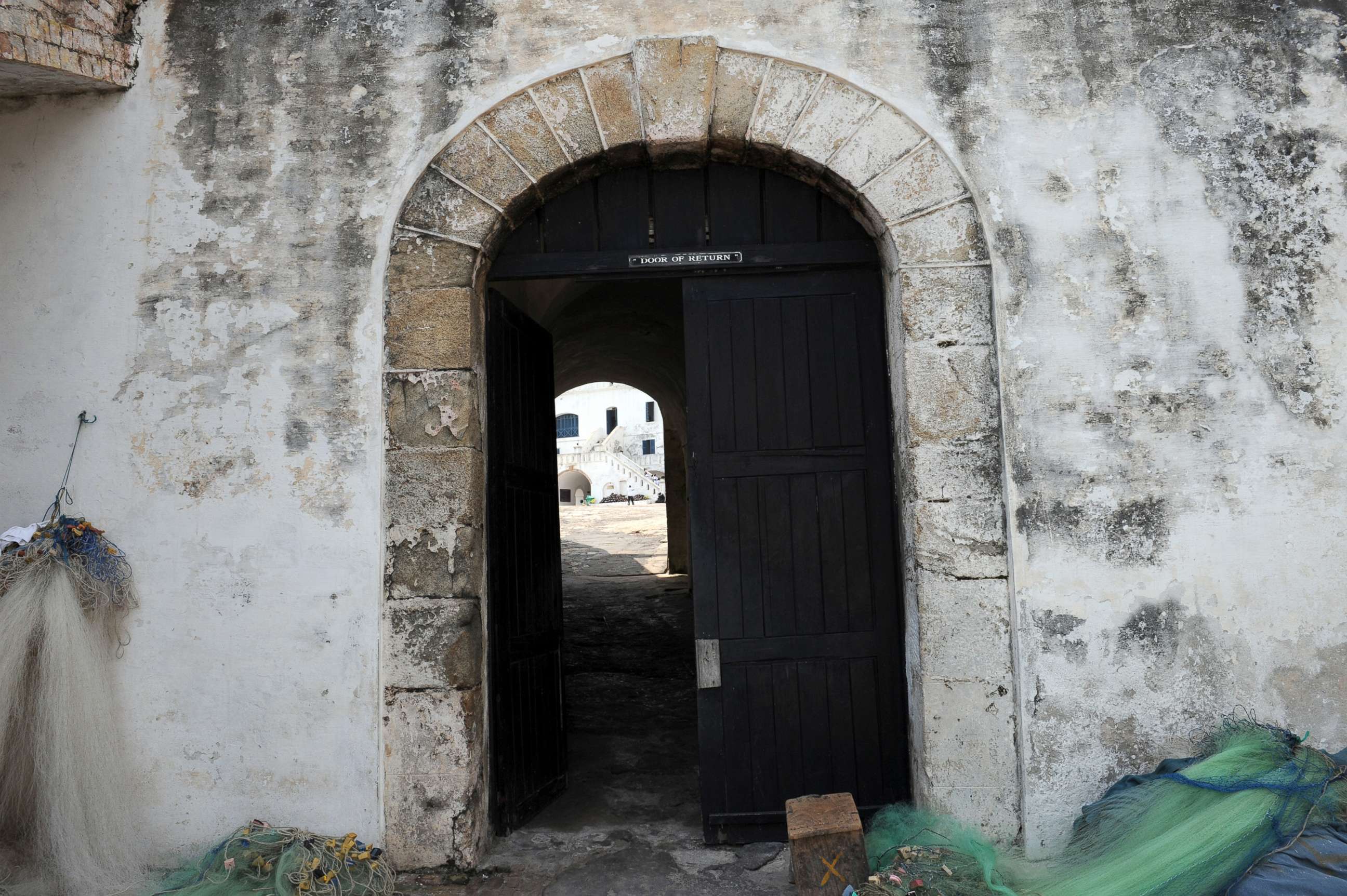
The Human Toll: Dungeons and Departure
The journey into slavery began long before captives reached the coast. Many were abducted during tribal wars, kidnapped by raiders, or sold by rival African kingdoms. They were forced to march for days or even weeks to reach the castles, where their nightmare deepened.
Beneath the majestic facades of Cape Coast and Elmina Castles are dark, damp, and overcrowded dungeons. Hundreds of men, women, and children were crammed into these tiny, unventilated cells. With no sanitation, little food, and constant abuse, disease ran rampant. Some died before they ever saw the ocean; others were executed or simply discarded.
Those who survived this torment were eventually herded through the Door of No Return—a narrow, unassuming exit through the thick stone walls—leading to the beach, where slave ships awaited. For them, this door represented finality: no hope of return, no glimpse of familiar faces, no freedom.
The Door of No Return: Symbolism and Legacy
The name "Door of No Return" is not poetic exaggeration—it is painfully literal. Once a person passed through it, they left behind everything they knew: homeland, language, family, culture, even their names. They became property, dehumanized and stripped of identity.
The door has come to symbolize a universal rupture for people of African descent—a moment where history fractured and entire civilizations were torn apart. It is a representation of both forced migration and cultural dislocation, one that continues to reverberate in the collective memory of the African diaspora.
The Emotional Gravity for Visitors
For many African Americans and others across the diaspora, a visit to Cape Coast or Elmina Castle is not just tourism—it is a pilgrimage. Tour guides take visitors through the dungeons, recounting the horror stories with brutal honesty. The climax of every tour is a walk through the Door of No Return, a moment often met with tears, silence, or prayer.
In an ABC News feature, one traveler described it as a “spiritual experience that rewired my DNA.” The visceral reactions speak to the door’s capacity to connect the past and present, to make real the pain of ancestors whose voices were long silenced.
Rewriting the Narrative: From No Return to Welcome Home
In 2019, Ghana launched the “Year of Return”, marking 400 years since the first enslaved Africans were taken to America. It was a cultural initiative inviting people of African descent to visit Ghana, reconnect with their roots, and explore their heritage.
Over 750,000 people visited Ghana that year, including celebrities like Idris Elba, Steve Harvey, and Naomi Campbell. Many visitors to the castles walked through the Door of No Return and found something transformative in their journey. The initiative had a major impact—not only economically, bringing in millions of dollars in tourism revenue, but also emotionally, sparking a global conversation about identity, ancestry, and reconciliation.
The “Door of Return” Initiative
Ghana is now looking to flip the symbolism. Inspired by the idea of healing and restoration, officials unveiled the Door of Return monument during an event in Nigeria. This counter-symbol represents a welcoming back of the African diaspora, a reversal of the centuries-old narrative of exile.
It signifies a new chapter—one where descendants of the enslaved are not just visitors, but participants in Africa’s future. The Door of Return is both a literal space and a powerful metaphor for reconnection, cultural pride, and collective healing.
Lasting Impact on Africa and the World
The human cost of the slave trade is incalculable. Over 12 million Africans are estimated to have been transported across the Atlantic, with millions more dying before ever reaching the ships. These were not nameless, faceless victims—they were potential farmers, artists, scholars, mothers, builders, and leaders. Africa lost entire generations of potential to the slave trade, leading to long-term economic and social stagnation in many regions.
Beyond demographics, the forced migration destabilized societies, fueled inter-ethnic conflict, and created power vacuums that were later exploited during colonial rule. The scars of slavery, colonialism, and exploitation have shaped the continent’s trajectory in lasting ways.
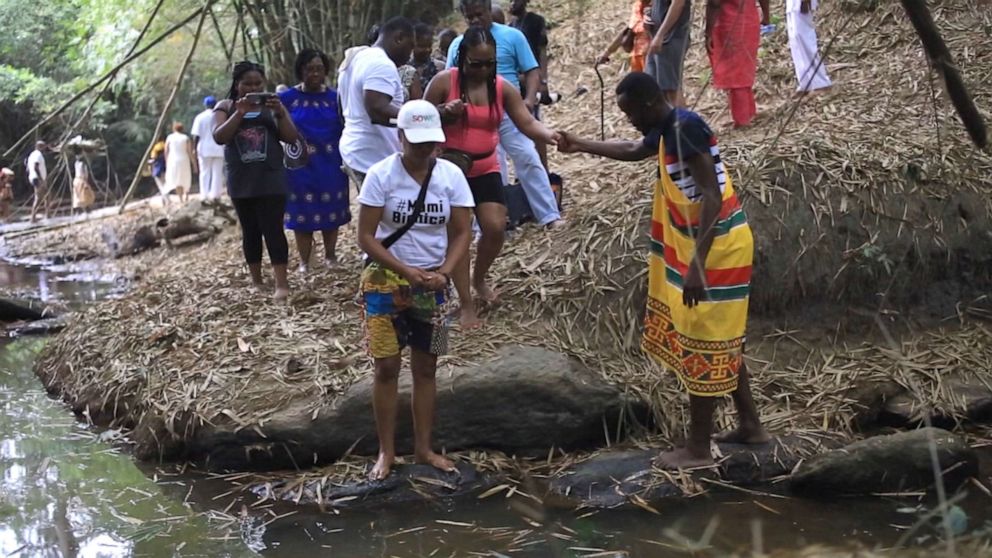
Intergenerational Trauma and Modern Implications
On the other side of the Atlantic, the legacy of slavery continues to shape the lives of descendants. Structural racism, inequality, and cultural erasure can all trace their origins to the dispossession that began at the Door of No Return.
Yet, in revisiting these doors, modern Africans and members of the diaspora are reclaiming power, telling stories their ancestors couldn’t tell, asking questions that were once taboo, and building bridges across continents.
Cultural Preservation and Education
The castles are now UNESCO World Heritage Sites, not only preserved for their architecture but for their historical significance. Guided tours, educational exhibits, and cultural events help ensure that the story of the slave trade is not whitewashed or forgotten.
Institutions and grassroots organizations in Ghana work to integrate these histories into school curricula, public policy, and tourism strategies. The message is clear: remembering is not just an act of mourning—it’s a political and moral obligation.
To pass through the Door of No Return is to confront the unbearable truth of what humanity is capable of. It is to stand where the walls once echoed with the cries of the enslaved, to feel the weight of history in your chest. But it is also to witness the resilience of the human spirit, to marvel at the fact that despite every effort to erase them, the descendants of those stolen have survived, thrived, and returned.
In Ghana, these doors no longer lead to the unknown. They now open onto stories, voices, and generations determined to remember, resist, and rebuild.
You may also like...
Arsenal Legend Thierry Henry to Receive Prestigious BBC Lifetime Achievement Award

Former Arsenal and France football legend Thierry Henry will be honored with the Lifetime Achievement award at the 2025 ...
Maresca's Emotional Rollercoaster: Chelsea Boss Claims 'Happy' After 'Worst 48 Hours'
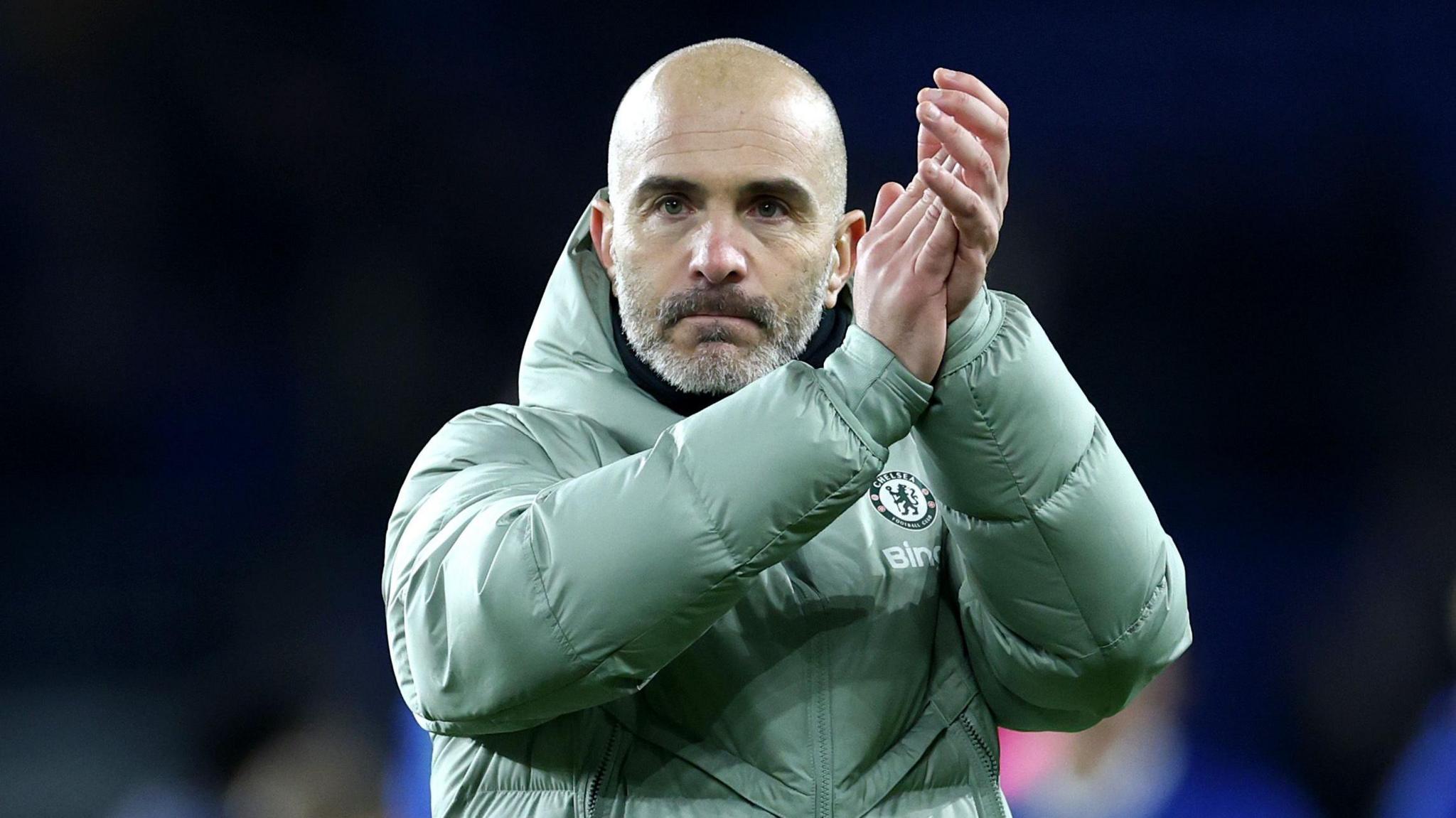
Chelsea boss Enzo Maresca has clarified his previous 'worst 48 hours' comments, now expressing happiness and a deeper co...
Fallout Season 2 Shatters Records, Outperforming HBO's Last of Us!

Fallout Season 2 has premiered on Prime Video to overwhelmingly positive critical and audience reception, scoring a near...
Winter Is Back! Kit Harington Hints at Massive Game of Thrones Comeback

Kit Harington has definitively shut down any possibility of reprising his role as Jon Snow, stating he doesn't want to g...
Love Blossoms: Anwuli & Kennedy's Instagram Romance Leads to #HappilyEverOffor!

Anwuli and Kennedy's love story, sparked by an Instagram connection, led to a beautiful Igbo traditional wedding. After ...
Teyana Taylor & Lucien Laviscount Light Up the 'Spirit Tunnel' with Epic Dance Moves!

The Jennifer Hudson Show features high-energy 'Spirit Tunnel' entrances, with Lucien Laviscount making a stylish walk an...
Kenya's Billion-Shilling Travel Bill: Austerity Pledge Broken?

The Kenyan government spent nearly Sh5 billion on travel in the first three months of FY 2025/26, raising concerns about...
Shehu Sani Urges Nigerians: Shun US Travel Ban, Build Nation

The United States has enacted new travel restrictions impacting Nigerian nationals, covering both immigrant and several ...
.png&w=1920&q=75)






